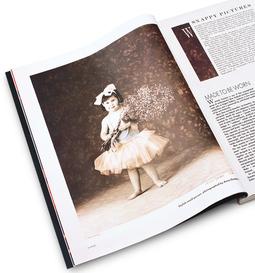Rear Window: Adapting Words to Visuals
I hadn’t seen Rear Window in years and what a treat
to watch it again after reading Cornell Woolrich’s It Had to Be Murder (the short story upon which it was based).
Right off the bat, Woolrich has us inside the protagonist, Jeff’s, head. In
fact, the entire story is pretty much a first person narrative told from Jeff’s
perspective. My highlighter began marking up the page at paragraph three;
that’s when all of the descriptions start. I wanted to make sure to note master
filmmaker Alfred Hitchcock's handling of Woolrich's thoroughly laid out details.
Hitchcock doesn’t
disappoint. First and foremost, his casting of Jimmy Stewart as the
incapacitated L.B. 'Jeff ' Jeffries is dead on. Stewart embodies the easy, folksy timbre of this
piece. And talk about descriptive! In the first few minutes, we become
acquainted with the people of this small community who are enduring a heat wave
(Hitchcock shows this through the couple who sleeps on the fire escape, a
close up of a thermometer reading over 100 degrees and lots of sweat); we meet
our leading man, Jeff, and see that he is immobilized by a broken leg; plus we
learn that Jeff is an acclaimed photographer (lots of panning of camera
equipment, photographs and a stack of magazines sporting covers shot by Jeff inform us of this). All
of this is conveyed before a single word is spoken.
Although Hitchcock remains
true to the basic concept, he adds some changes that definitely enhance the
story. For example, the house man, Sam’s character becomes two female roles: an
insurance nurse, played by Thelma Ritter, and a love interest, Leeza, played by
gorgeous Grace Kelly. Hitchcock uses dialogue between the women and Jeff to
give information, as well as to further the story.
Rear
Window also has a secondary storyline: the love affair between Jeff and
Leeza. Jeff isn’t convinced that socialite, Leeza, is cut out for a life as
rugged and adventurous as his. Leeza proves him wrong. The turning point for
them comes after Leeza delivers a note to Thorwald’s apartment. In a close-up
shot, she rushes into Jeff’s room, flushed with excitement; Hitchcock uses
another close-up (and dramatic lighting) on Jeff’s reaction, which lets us know
this is the moment he’s fallen completely in love with her.
Another difference between the two pieces is the device used to reveal the murder. Woolrich uses a raised ceiling in a neighboring building; Hitchcock uses a dog and a flowerbed. I think Hitchcock’s revision is probably clearer because I found the original story rather rushed and pat regarding the solving of the murder.
Hitchcock’s use of props was most creative.
For example, in one scene instead of “fade to black” he uses the pulling down
of the shades to black. I also particularly enjoyed the many close-up shots
seen through Jeff’s telephoto lens. To break the monotony of being in one
location continuously, Hitchcock gives us an occasional sliver of street life.
I do find Woolrich’s ending
more suspenseful. His depiction of the confrontation between Thorwald and Jeff
is far more threatening. Hitchcock uses shadows, dialogue, and flash bulbs. In
fact, of all the shots Hitchcock uses, I like the flashbulb effect the least.
But then again, in Hitchcock's rendition, Jeff does get the girl in the end…a reasonable trade-off for a little
blood and gore I suppose.




































No comments:
Post a Comment